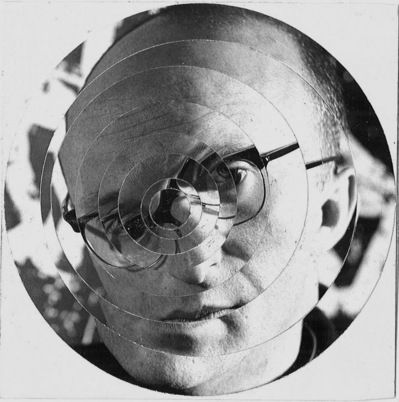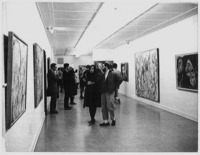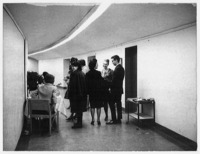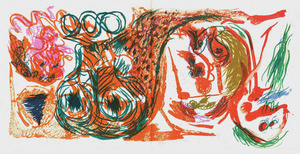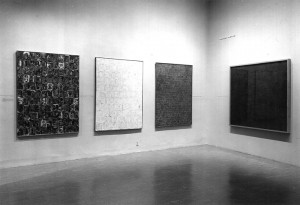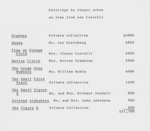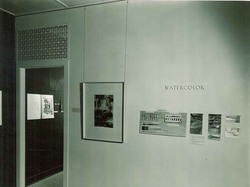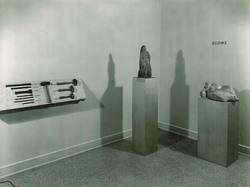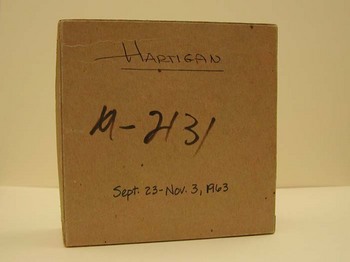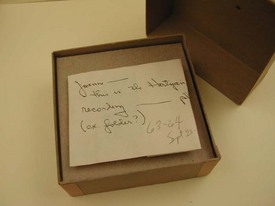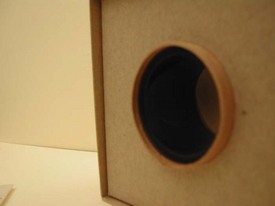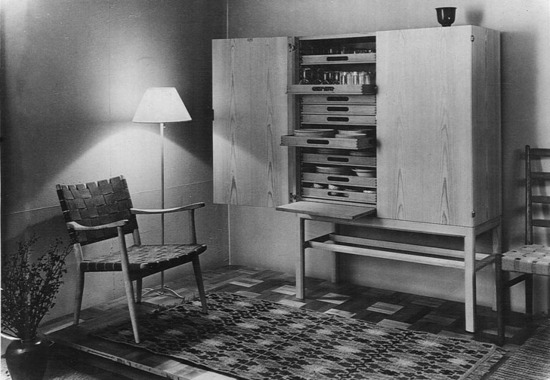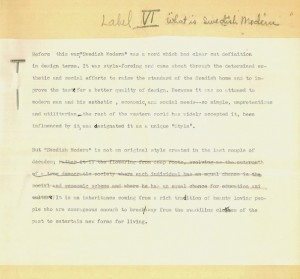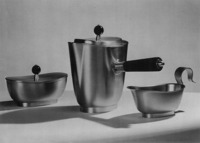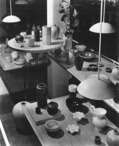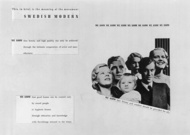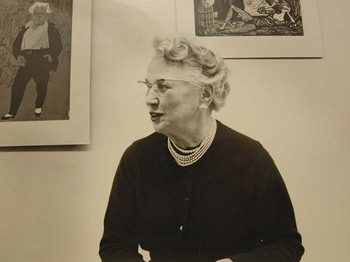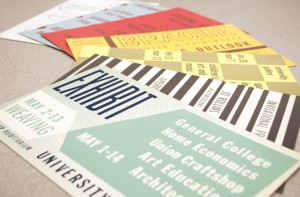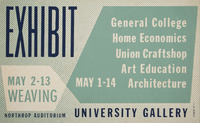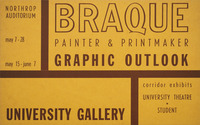Processing the WAM collection allows for direct exposure to the documentation of institutional history. Contained within the third box of the WAM collection is a folder titled, “Biennial Report to President, 1947-1948.” The contents consist simply of four delicately aged pages, on which is contained a draft composed by then University Gallery director Ruth Lawrence. The draft opens with Lawrence acknowledging that the Gallery has “completed 15 years of service to the University. At such a milestone we would like to pause long enough to revise and make appraisal of our position and record what has been accomplished.”
Lawrence continues to describe the accomplishments of the Gallery, notes the success of the W.P.A. program in conducting gallery programming, and lists the number of various art forms and works in the permanent collection, as well as the individuals and organizations that had donated them.
On the final page of the draft, Lawrence asserts a serious appraisal of position in regards to the state of Gallery facilities:
“The Gallery is located on the 4th floors of Northrop in an inaccessible place. Many interested visitors cannot or will not climb the four flights of stairs. There is no elevator for such people nor any way of getting our exhibitions up to the Gallery except by carrying everything by hand. This entails making many trips daily. Certainly it is not only a waste of time but of valuable energy for all of us. There is no adequate storage space and our materials are spread into 12 rooms on the various levels of this huge building. With this allotment of funds this year, however, there will be improvements through consolidating most of our activity on the 3rd and 4th floors. For relatively a short period only can this growth for strength in the arts go on without our being stunted for lack of physical space. It hampers all our activity even now. Thus in any plans which are being made for more building by the University we fervently urge that we be included.”
As major construction will soon be accomplished on the current WAM expansion, I can’t help but wonder how Lawrence would appraise the position of art at the University today… Her dedication to creating space and expanding a place for art at the U of M has certainly echoed throughout University history and is demonstrated by it’s continued “growth for strength in the arts.”
Note: The University Archives holds a separate and unique collection titled, University Gallery Records, which was accessioned in 1957 and 1961. View the finding aid for historical notes, as well as a description of the records that document the Gallery.
